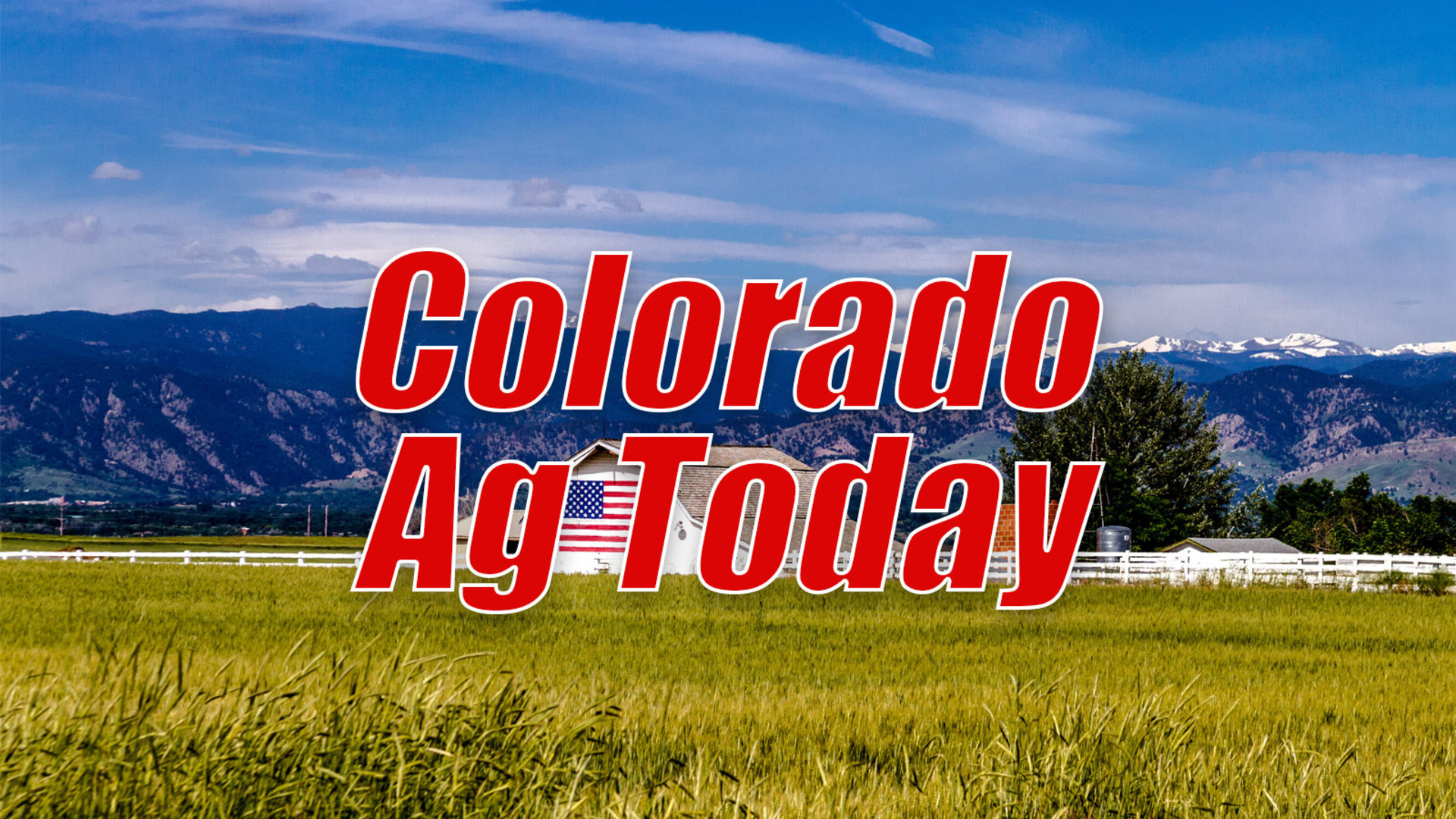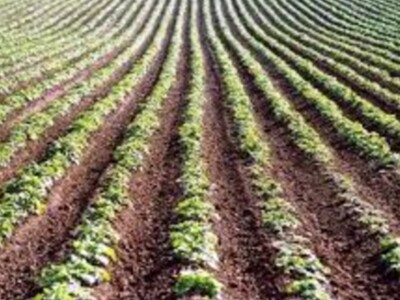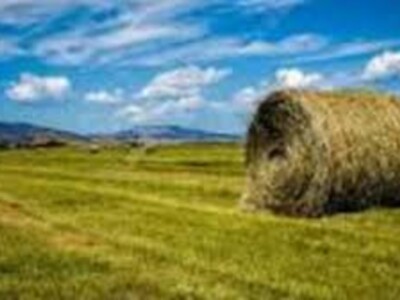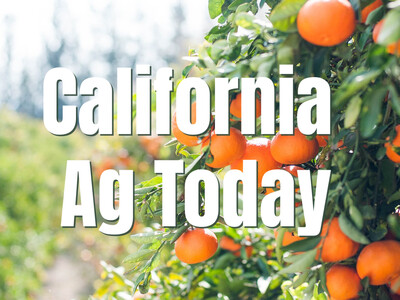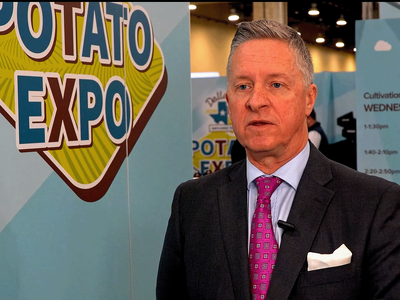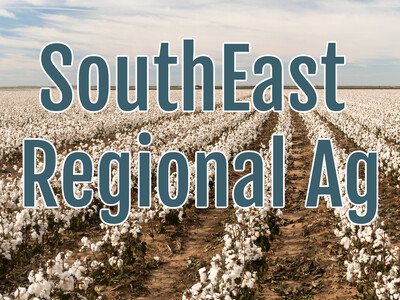Snowpack Concerns for Growing Season
A final count of the winter season snowpack for western states indicates some uneasy times ahead
USDA Meteorologist Brad Rippey says the findings are not going to be welcome for agricultural producers. Although parts of eastern Colorado may have been spared the worst.
Rippey: “I wish I were following about some of the numbers that are coming in from California, the Great Basin, and the southwest but the news is not good for those areas in terms of overall precipitation and snowpack for the western winter wet season.
Rippey says the 6-month season produced only 18 inches of snowpack for the Sierra Nevada range. He says that’s only 64% of the average peak that we would like to see across the area. That means there will likely be water shortages and allocations across the west this growing season.
Rippey: “Southern Oregon, southern Idaho, much of the Great Basin, Utah, Wyoming, western Colorado, and everywhere in Arizona and New Mexico all coming up short.”
Those areas all coming up with only about 60% of the average snowpack for the 6-month winter season.
There was a bit of good news. That late-season surge of snowpack in eastern Colorado was a huge benefit for the areas that rely on the snowpack from the Rockies for the spring and summer.
===============
The latest crop progress report from the National Ag Statistics Service Moutain Region says the mostly dry conditions allowed fieldwork to continue without delay last week.
Concerns remained for pasture and range conditions if more moisture isn’t received to promote grass production. Warmer temperatures and earlier moisture also helped winter wheat progress compared to the prior week.
In southwestern counties, little to no moisture was received and temperatures were warm.
Moisture is greatly needed headed into the growing season. The San Luis Valley experienced another week with no precipitation and soil moisture was notably short.
Fieldwork continued and barley planting progressed quickly for some producers. In southeastern counties, little moisture was received and high winds observed last week dried out topsoil. A county report mentioned producers were planting oats for forage last week. As of April 5, 2021, the snowpack in Colorado was 84 percent measured as a percent of median snowfall. The Southwest and San Luis Valley were 77 and 100 percent.


